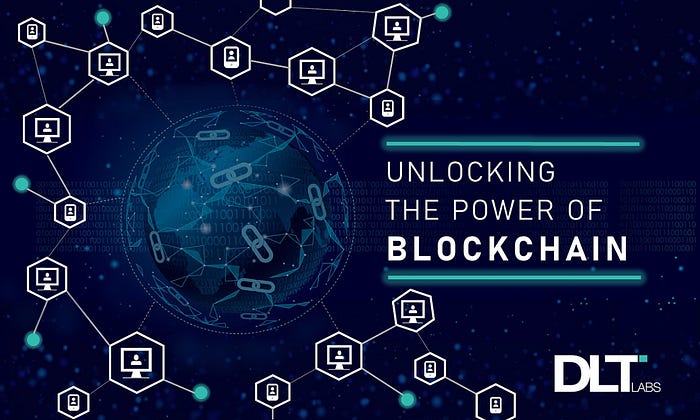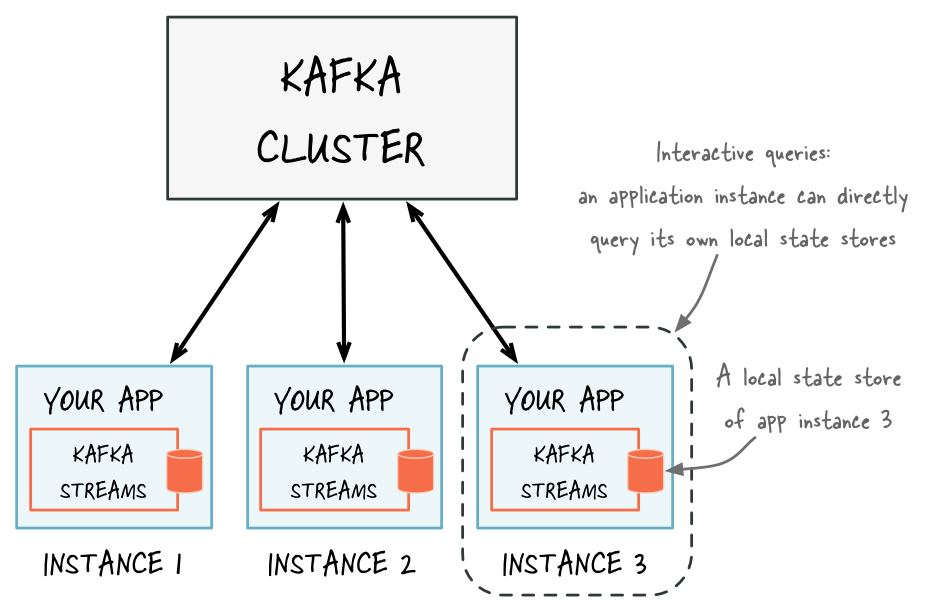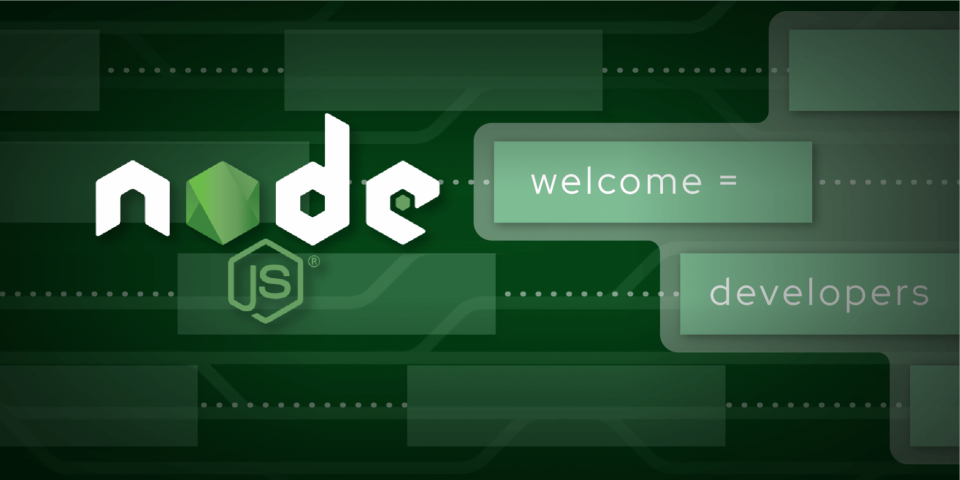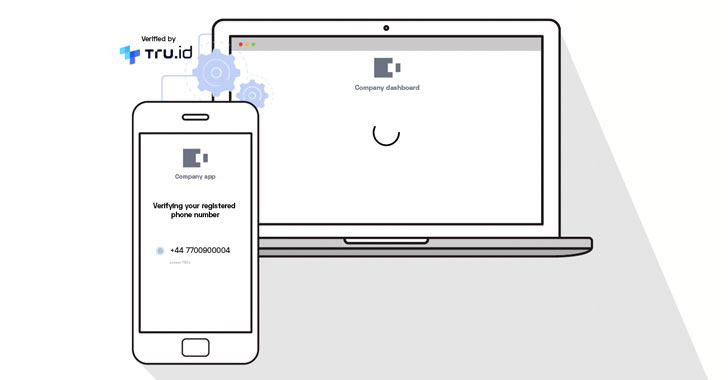LockFile Ransomware Uses Never-Before Seen Encryption to Avoid Detection

The ransomware first exploits unpatched ProxyShell flaws and then uses what’s
called a PetitPotam NTLM relay attack to seize control of a victim’s domain,
researchers explained. In this type of attack, a threat actor uses Microsoft’s
Encrypting File System Remote Protocol (MS-EFSRPC) to connect to a server,
hijack the authentication session, and manipulate the results such that the
server then believes the attacker has a legitimate right to access it, Sophos
researchers described in an earlier report. LockFile also shares some attributes
of previous ransomware as well as other tactics—such as forgoing the need to
connect to a command-and-control center to communicate–to hide its nefarious
activities, researchers found. “Like WastedLocker and Maze ransomware, LockFile
ransomware uses memory mapped input/output (I/O) to encrypt a file,” Loman wrote
in the report. “This technique allows the ransomware to transparently encrypt
cached documents in memory and causes the operating system to write the
encrypted documents, with minimal disk I/O that detection technologies would
spot.”
How To Prepare for SOC 2 Compliance: SOC 2 Types and Requirements
To be reliable in today’s data-driven world, SOC 2 compliance is essential for
all cloud-based businesses and technology services that collect and store their
clients’ information. This gold standard of information security certifications
helps to ensure your current data privacy levels and security infrastructure to
prevent any kind of data breach. Data breaches are all too common nowadays among
small to large scale companies across the globe in all sectors. According to
PurpleSec, half of all data breaches will occur in the United States by 2023.
Experiencing such a breach causes customers to completely lose trust in the
targeted company and those who have been through one tend to move their business
elsewhere to protect their personal information in the future. SOC 2 compliance
can protect from all this pain by improving customer trust in a company with
secured data privacy policies. Companies that adhere to the gold standard-level
principles of SOC 2 compliance, can provide this audit as evidence of secure
data privacy practices.
6 Reasons why you can’t have DevOps without Test Automation
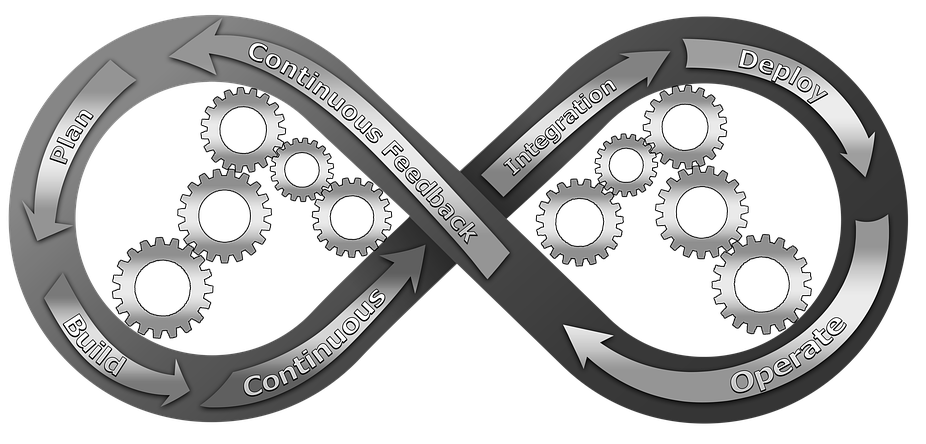
Digital transformation is gaining traction every single day. The modern consumer
is more demanding of quality products and services. Adoption of technologies
helps companies stay ahead of the competition. They can achieve higher
efficiency and better decision-making. Further, there is room for innovation
that aims to meet the needs of customers. All these imply integration,
continuous development, innovation, and deployment. All this is achievable with
DevOps and the attendant test automation. But, can one exist without the other?
We believe not; test automation is a critical component of DevOps, and we will
tell you why. ... One of the biggest challenges with software is the need for
constant updates. That is the only way to avoid glitches while improving upon
what exists. But, the process of testing across many operating platforms and
devices is difficult. DevOps processes must execute testing, development, and
deployment in the right way. Improper testing can lead to low-quality products.
Customers have so many options in the competitive business landscape.
One Year Later, a Look Back at Zerologon
Netlogon is a protocol that serves as a channel between domain controllers and
machines joined to the domain, and it handles authenticating users and other
services to the domain. CVE-2020-1472 stems from a flaw in the cryptographic
authentication scheme used by the Netlogon Remote Protocol. An attacker who sent
Netlogon messages in which various fields are filled with zeroes could change
the computer password of the domain controller that is stored in Active
Directory, Tervoort explains in his white paper. This can be used to obtain
domain admin credentials and then restore the original password for the domain
controller, he adds. "This attack has a huge impact: it basically allows any
attacker on the local network (such as a malicious insider or someone who simply
plugged in a device to an on-premises network post) to completely compromise the
Windows domain," Tervoort wrote. "The attack is completely unauthenticated: the
attacker does not need any user credentials." Another reason Zerologon appeals
to attackers is it can be plugged into a variety of attack chains.
Forrester: Why APIs need zero-trust security

API governance needs zero trust to scale. Getting governance right sets the
foundation for balancing business leaders’ needs for a continual stream of new
innovative API and endpoint features with the need for compliance. Forrester’s
report says “API design too easily centers on innovation and business
benefits, overrunning critical considerations for security, privacy, and
compliance such as default settings that make all transactions accessible.”
The Forrester report says policies must ensure the right API-level trust is
enabled for attack protection. That isn’t easy to do with a perimeter-based
security framework. Primary goals need to be setting a security context for
each API type and ensuring security channel zero-trust methods can scale. APIs
need to be managed by least privileged access and microsegmentation in every
phase of the SDLC and continuous integration/continuous delivery (CI/CD)
Process. The well-documented SolarWinds attack is a stark reminder of how
source code can be hacked and legitimate program executable files can be
modified undetected and then invoked months after being installed on customer
sites.
The consumerization of the Cybercrime-as-a-Service market

Many trends in the cybercrime market and shadow economy mirror those in the
legitimate world, and this is also the case with how cybercriminals are
profiling and targeting victims. The Colonial Pipeline breach triggered a
serious reaction from the US government, including some stark warnings to
criminal cyber operators, CCaaS vendors and any countries hosting them, that a
ransomware may lead to a kinetic response or even inadvertently trigger a war.
Not long after, the criminal gang suspected to be behind the attack resurfaced
under a new name, BlackMatter, and advertised that they are buying access from
brokers with very specific criteria. Seeking companies with revenue of at
least 100 million US dollars per year and 500 to 15,000 hosts, the gang
offered $100,000, but also provided a clear list of targets they wanted to
avoid, including critical infrastructure and hospitals. It’s a net positive if
the criminals actively avoid disrupting critical infrastructure and important
targets such as hospitals.
NGINX Commits to Open Source and Kubernetes Ingress

Regarding NGINX’s open source software moving forward, Whiteley said the
company’s executives have committed to a model where open source will be meant
for use in production and nothing less. Whiteley even said that, if they were
able to go back in time, certain features currently available only in NGINX
Plus would be available in the open source version. “One model is ‘open
source’ equals ‘test/dev, ‘ ‘commercial’ equals ‘production,’ so the second
you trip over into production, you kind of trip over a right-to-use issue,
where you then have to start licensing the technology ...” said Whiteley.
“What we want to do is focus on, as the application scales — it’s serving more
traffic, it’s generating more revenue, whatever its goal is as an app — that
the investment is done in lockstep with the success and growth of that.” This
first point, NGINX’s stated commitment to open source, serves partly as
background for the last point mentioned above, wherein NGINX says it will
devote additional resources to the Kubernetes community, a move partly driven
by the fact that Alejandro de Brito Fonte, the founder of the ingress-nginx
project, has decided to step aside.
How RPA Is Changing the Way People Work
Employees are struggling under the burden of routine, repetitive work but
notice the consumers demanding better services and products. Employees expect
companies to improve the working environment in the same spirit as improving
customer satisfaction. The corporate response, in the form of automation, is
expanding the comfort zone of employees. But, there’s a flip side to the RPA
coin. With the rise of automation, people fear the consequences of RPA
solutions replacing human labor and marginalizing the human touch that was at
the core of services and product delivery. Such a threat could seem an
exaggeration. RPA removes the drudgery of routine work and sets the stage for
workers to play a more decisive role in areas where human touch, care, and
creativity are essential. ... With loads of time and better tools at their
disposal, employees are more caring and sensitive to the need for making a
difference in the lives of customers. More employees are actively unlocking
their reservoir of creativity.
Predicting the future of the cloud and open source

The open source community has also started to dedicate time and effort to
resolving some of the world’s most life-threatening challenges. When the
COVID-19 pandemic hit, the open source community quickly distributed data to
create apps and dashboards that could follow the evolution of the virus. Tech
leaders like Apple and Google came together to build upon this technology to
provide an open API that could facilitate the development of standard and
applications by health organisations around the world, and open hardware
designs for ventilators and other critical medical equipment that was in high
demand. During lockdown last year, the open source community also launched
projects to tackle the climate crisis an increasingly important issue that
world leaders are under ever-more pressure to address. One of the most notable
developments was the launch of the Linux Foundation Climate Finance
Foundation, which aims to provide more funding for game-changing solutions
through open source applications.
Pitfalls and Patterns in Microservice Dependency Management

Running a product in a microservice architecture provides a series of
benefits. Overall, the possibility of deploying loosely coupled binaries in
different locations allows product owners to choose among cost-effective and
high-availability deployment scenarios, hosting each service in the cloud or
in their own machines. It also allows for independent vertical or horizontal
scaling: increasing the hardware resources for each component, or replicating
the components which has the benefit of allowing the use of different
independent regions. ... Despite all its advantages, having an architecture
based on microservices may also make it harder to deal with some processes. In
the following sections, I'll present the scenarios I mentioned before
(although I changed some real names involved). I will present each scenario in
detail, including some memorable pains related to managing microservices, such
as aligning traffic and resource growth between frontends and backends. I will
also talk about designing failure domains, and computing product SLOs based on
the combined SLOs of all microservices.
Quote for the day:
"Different times need different types
of leadership." -- Park Geun-hye









/cloudfront-us-east-2.images.arcpublishing.com/reuters/N45WXQTJYFIIBNBHNKPEHHVXO4.jpg)




